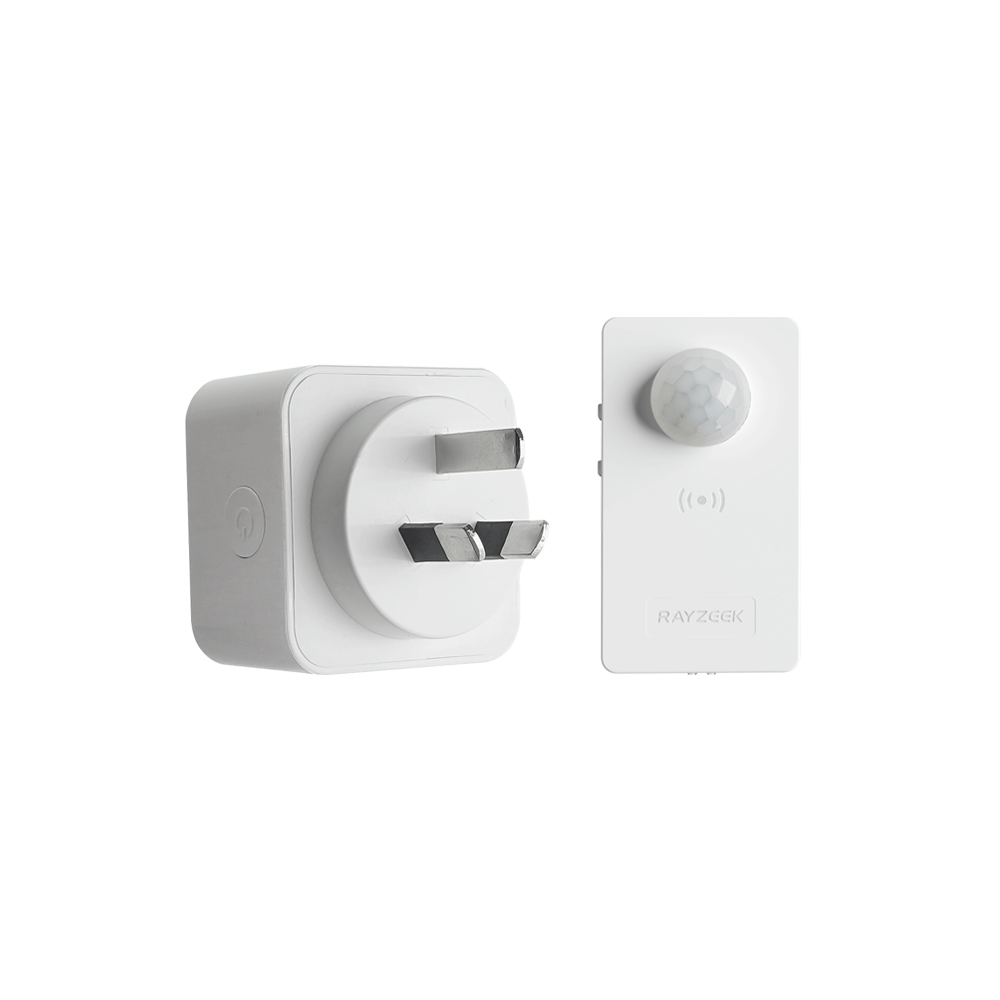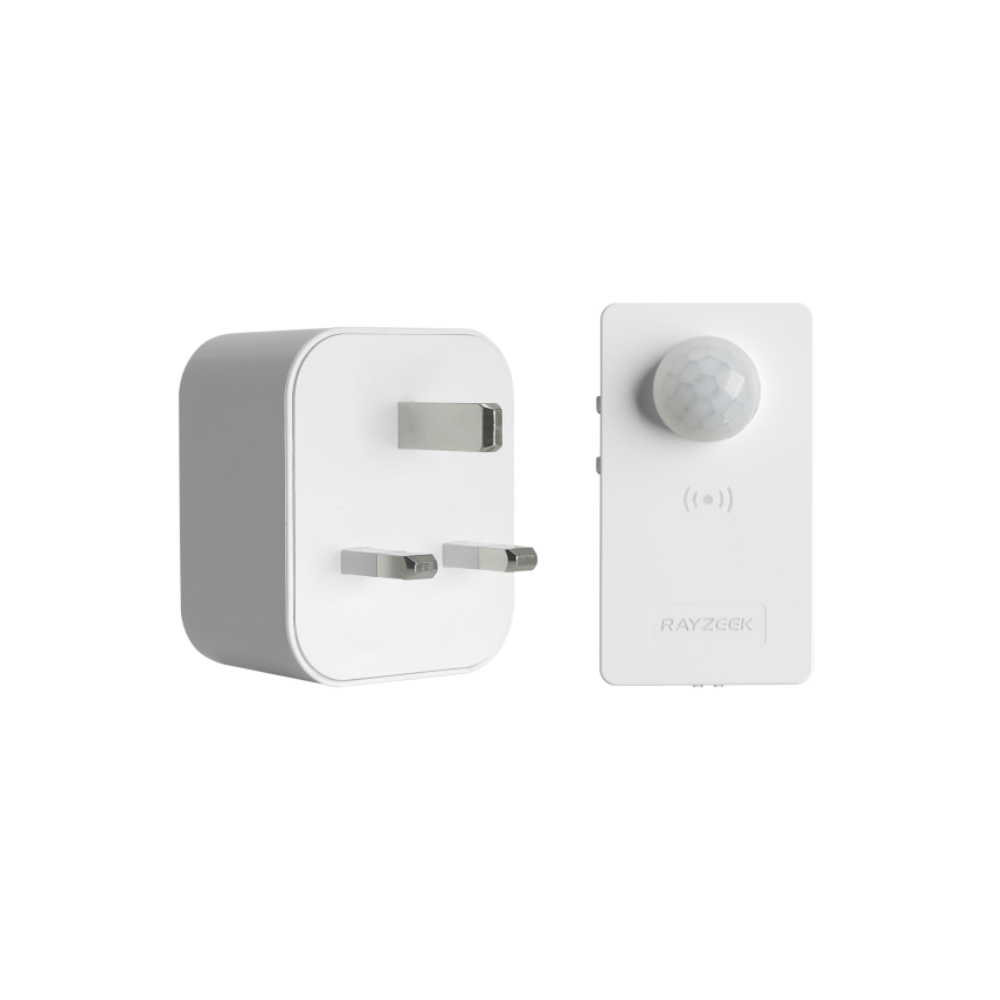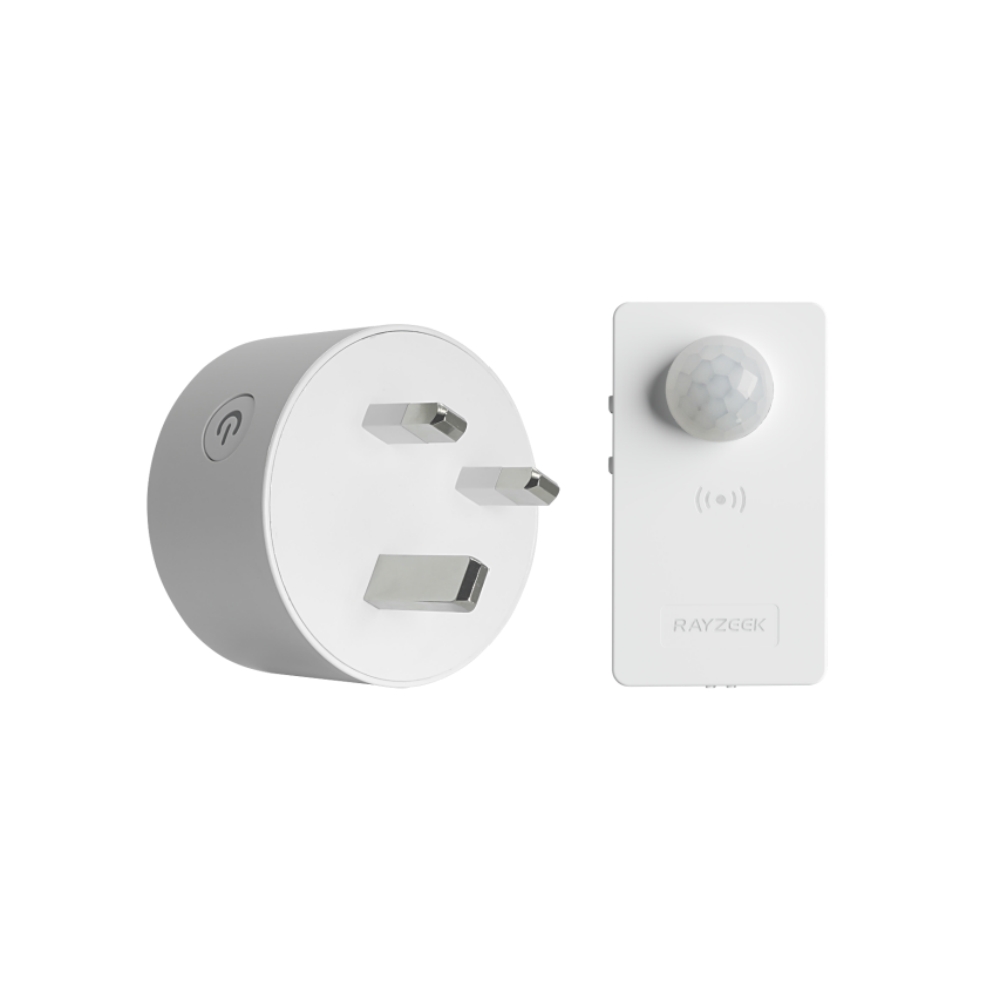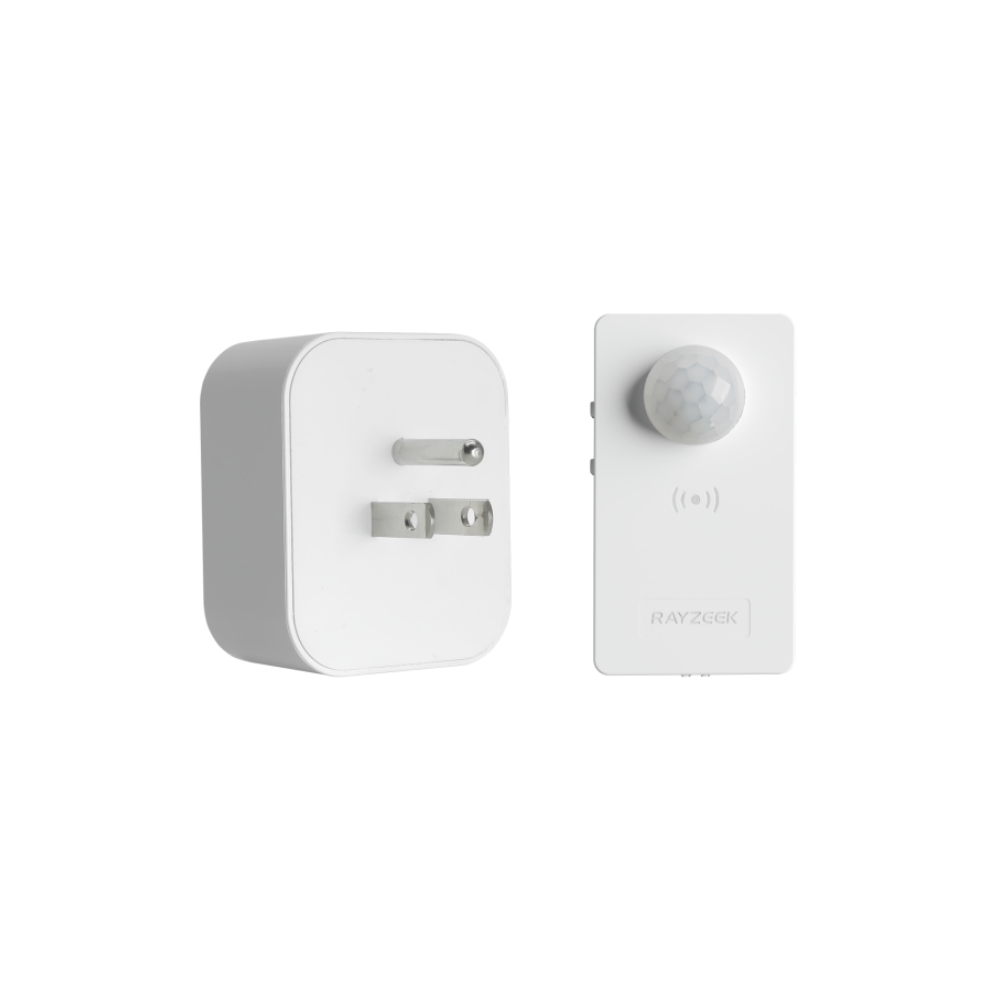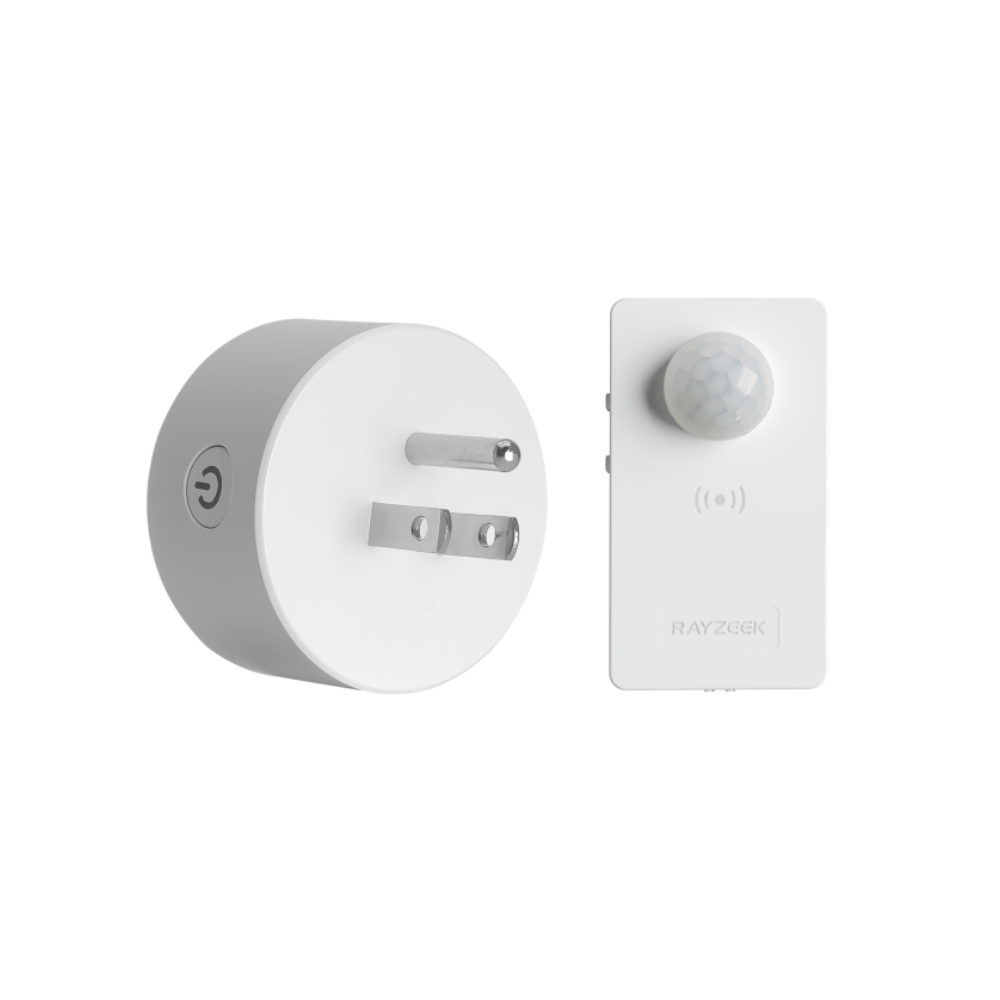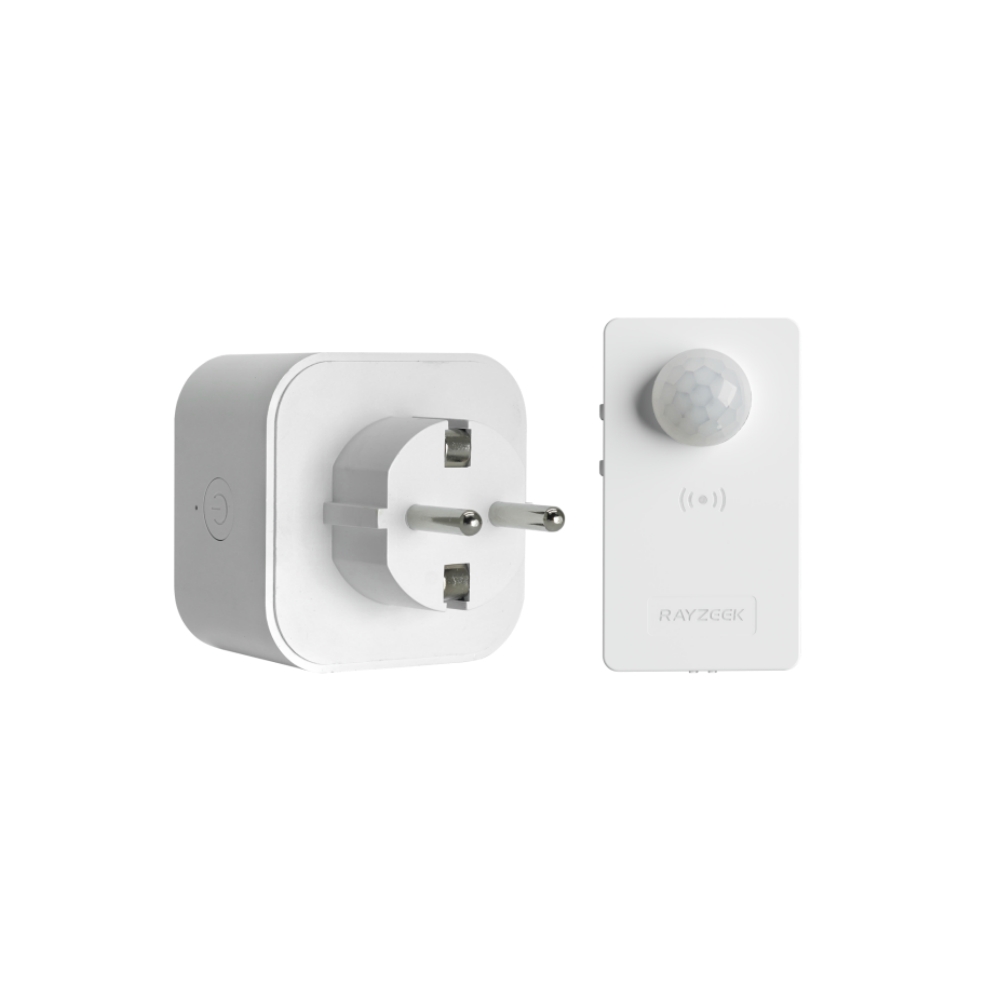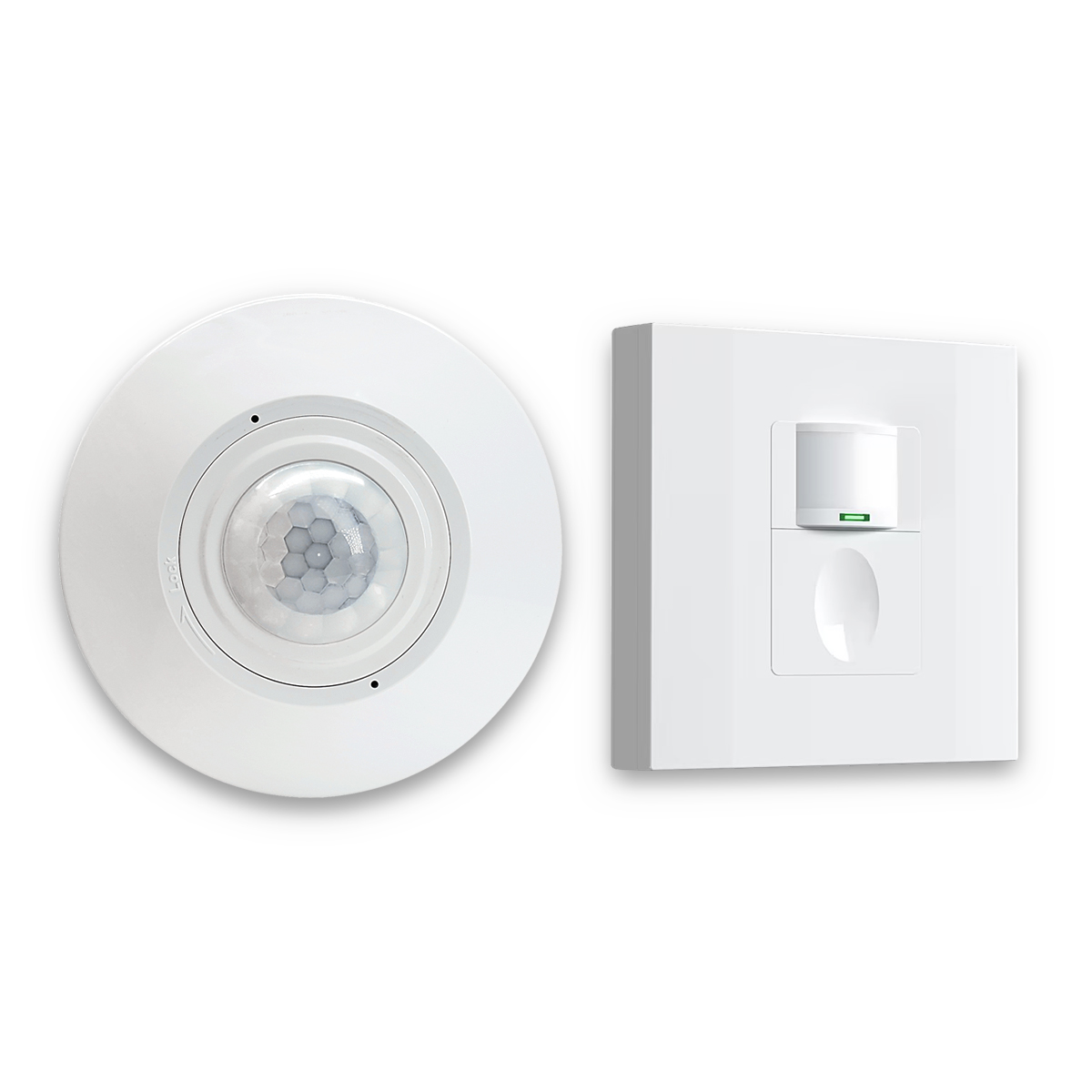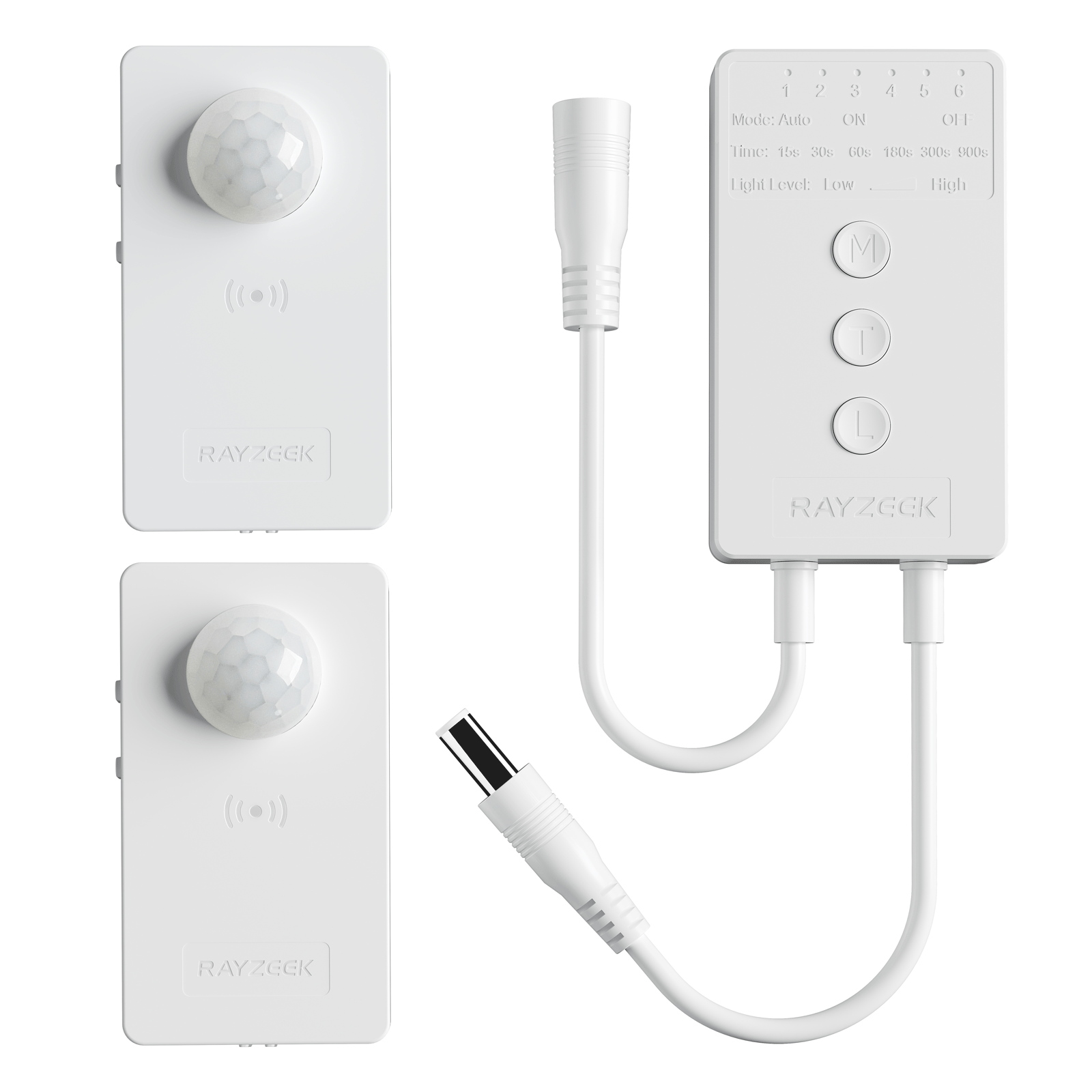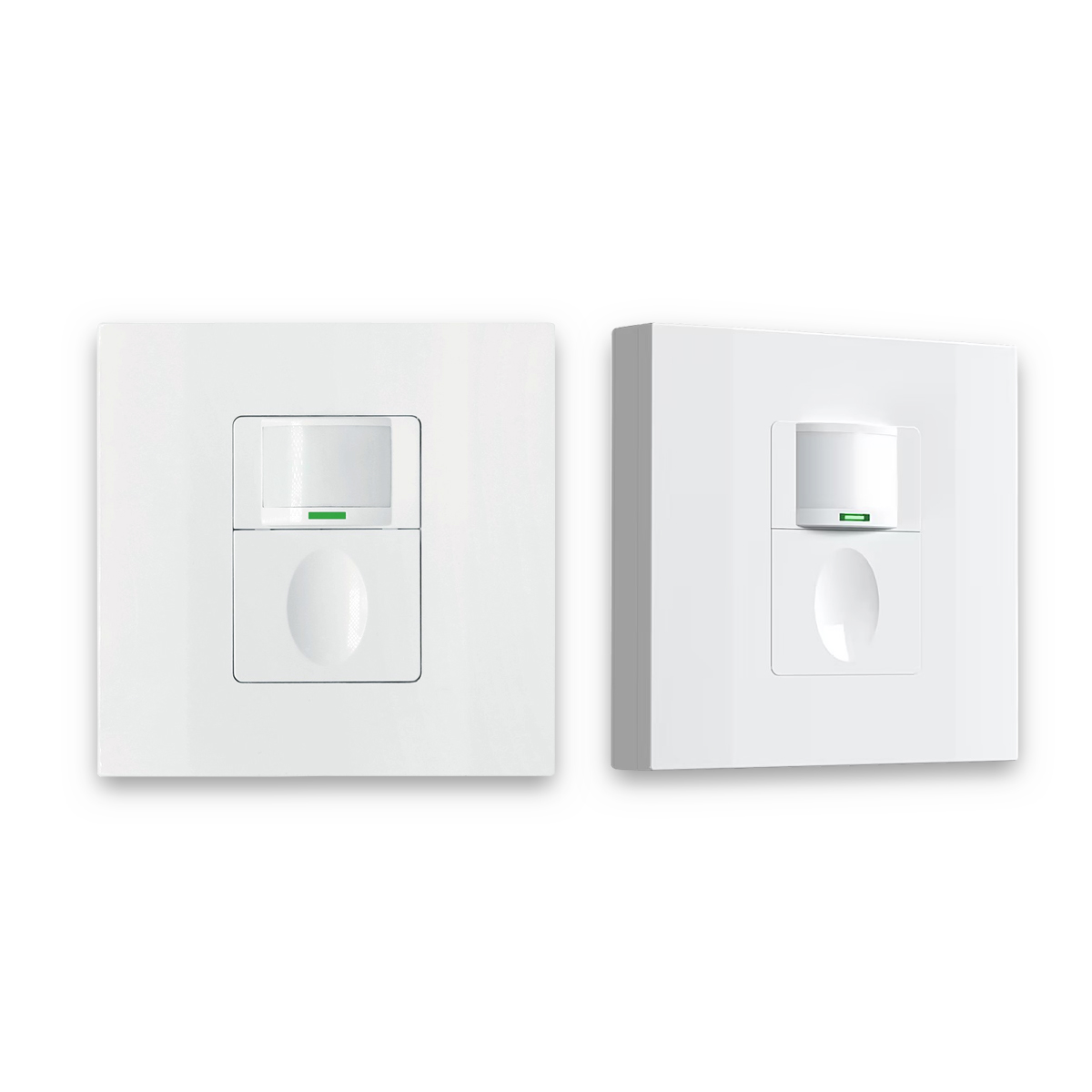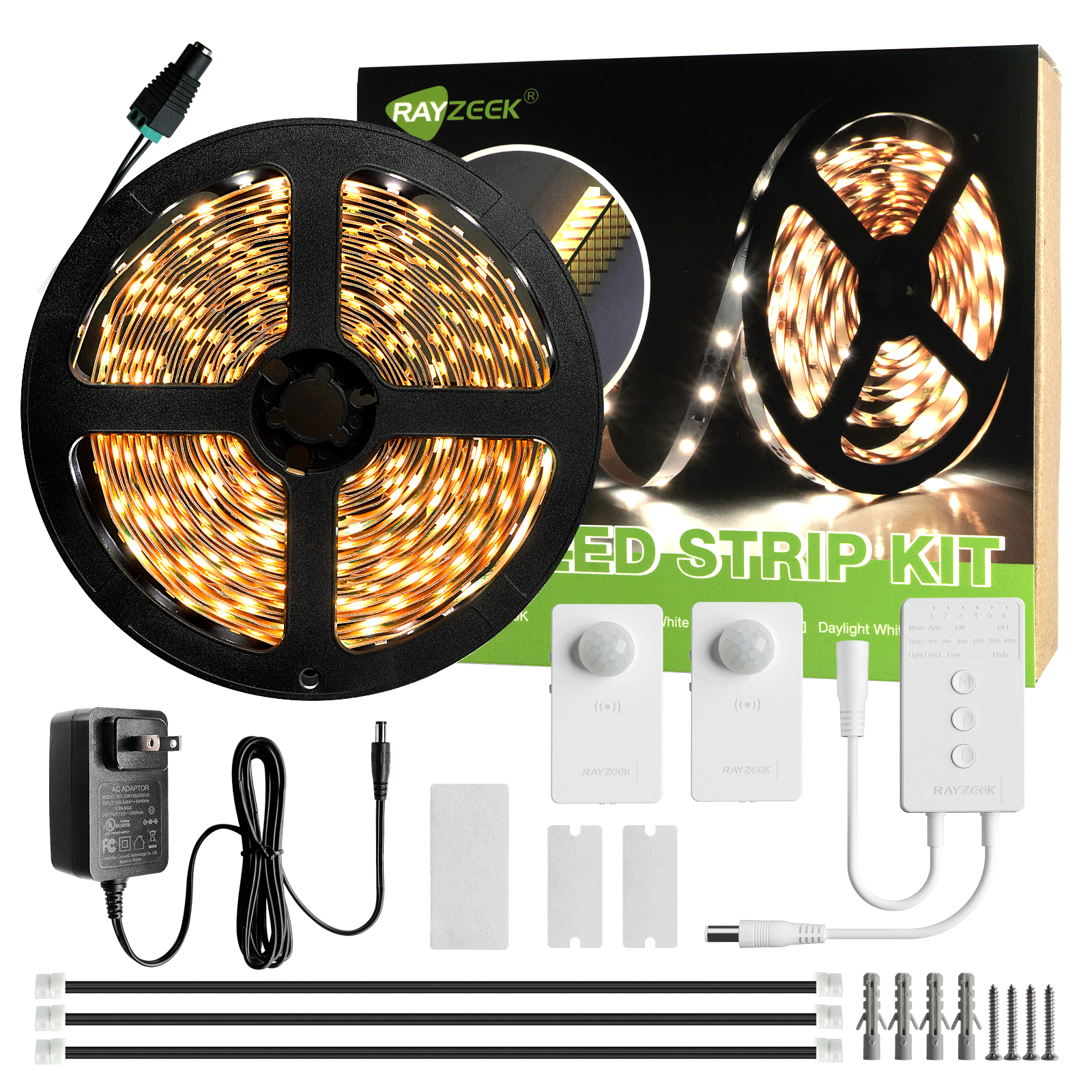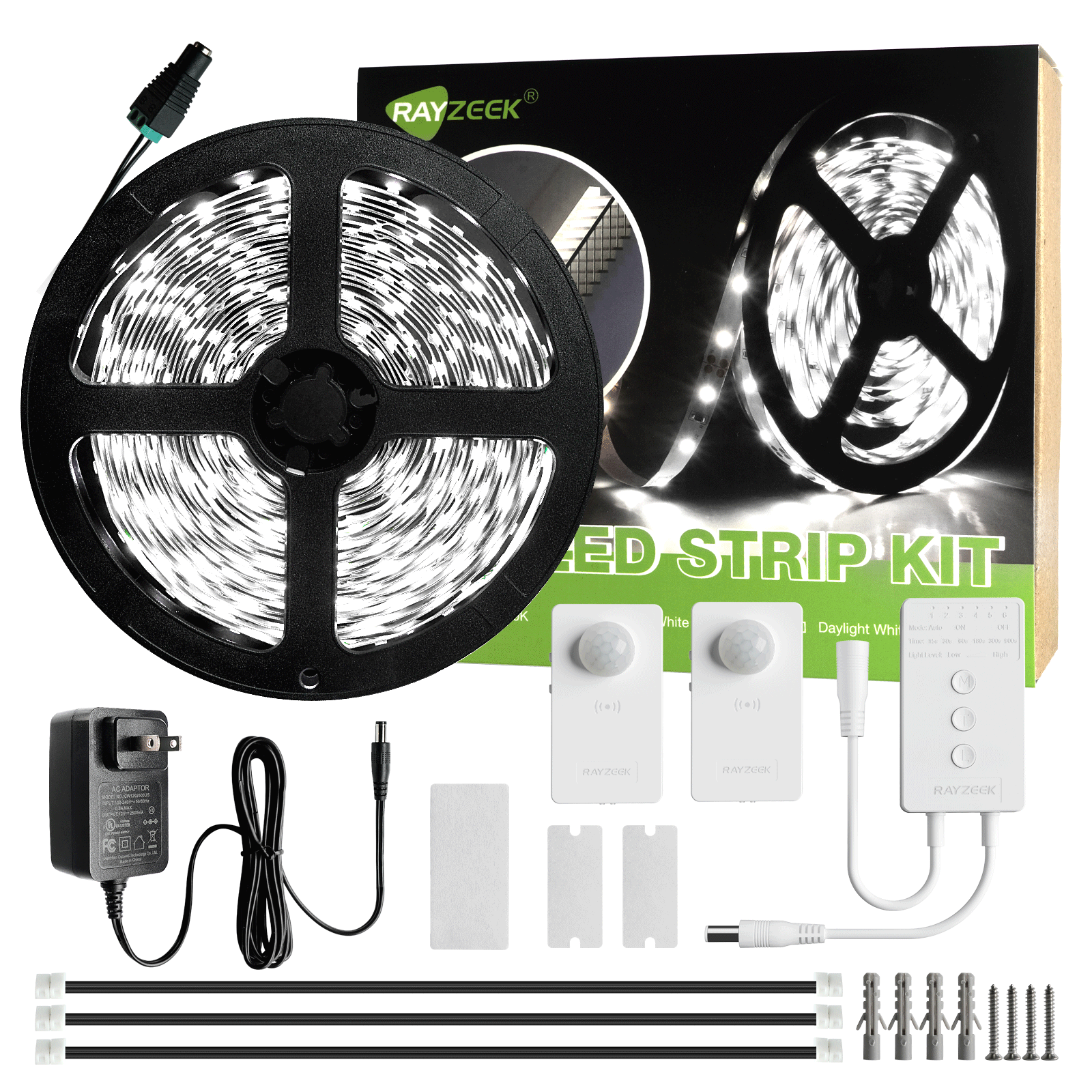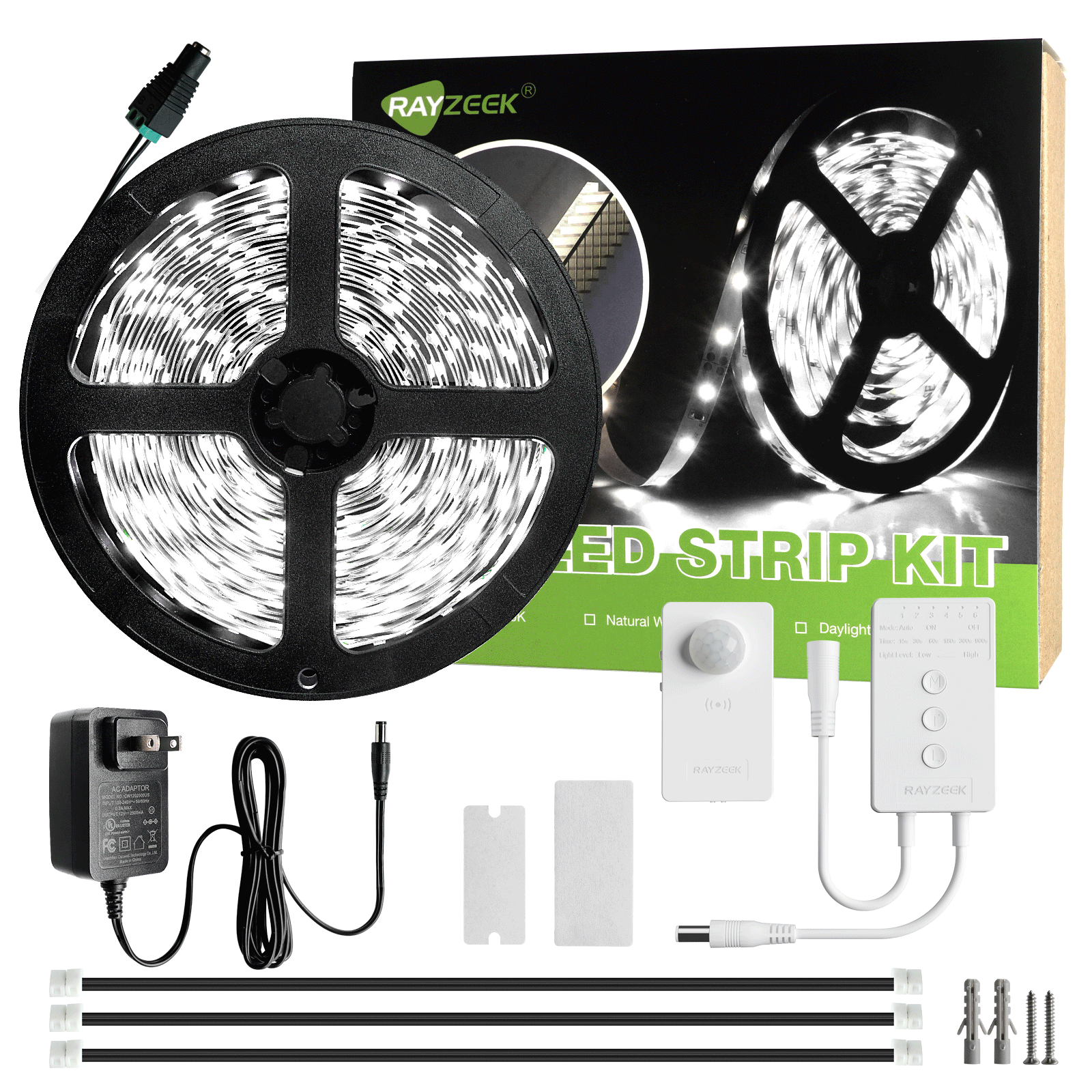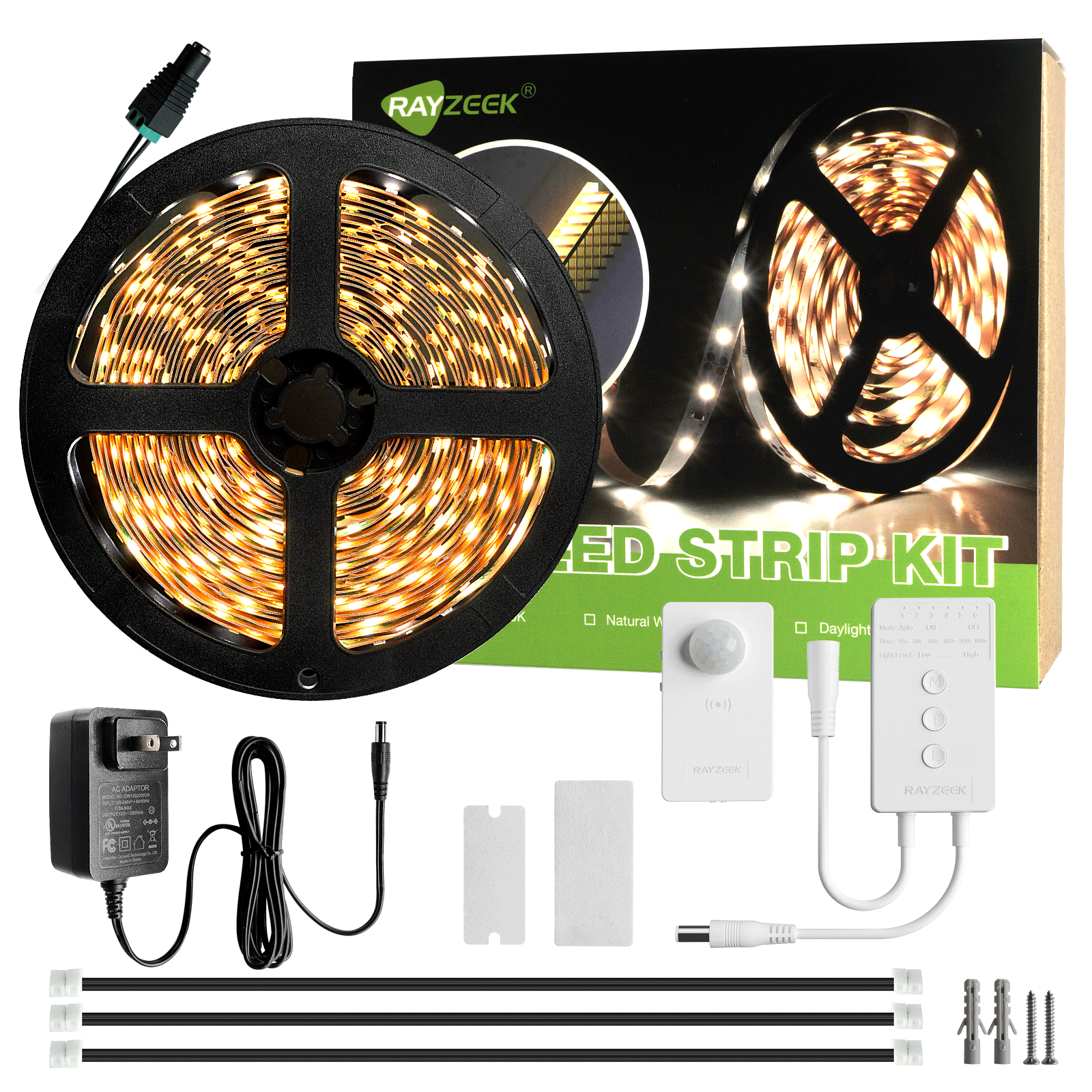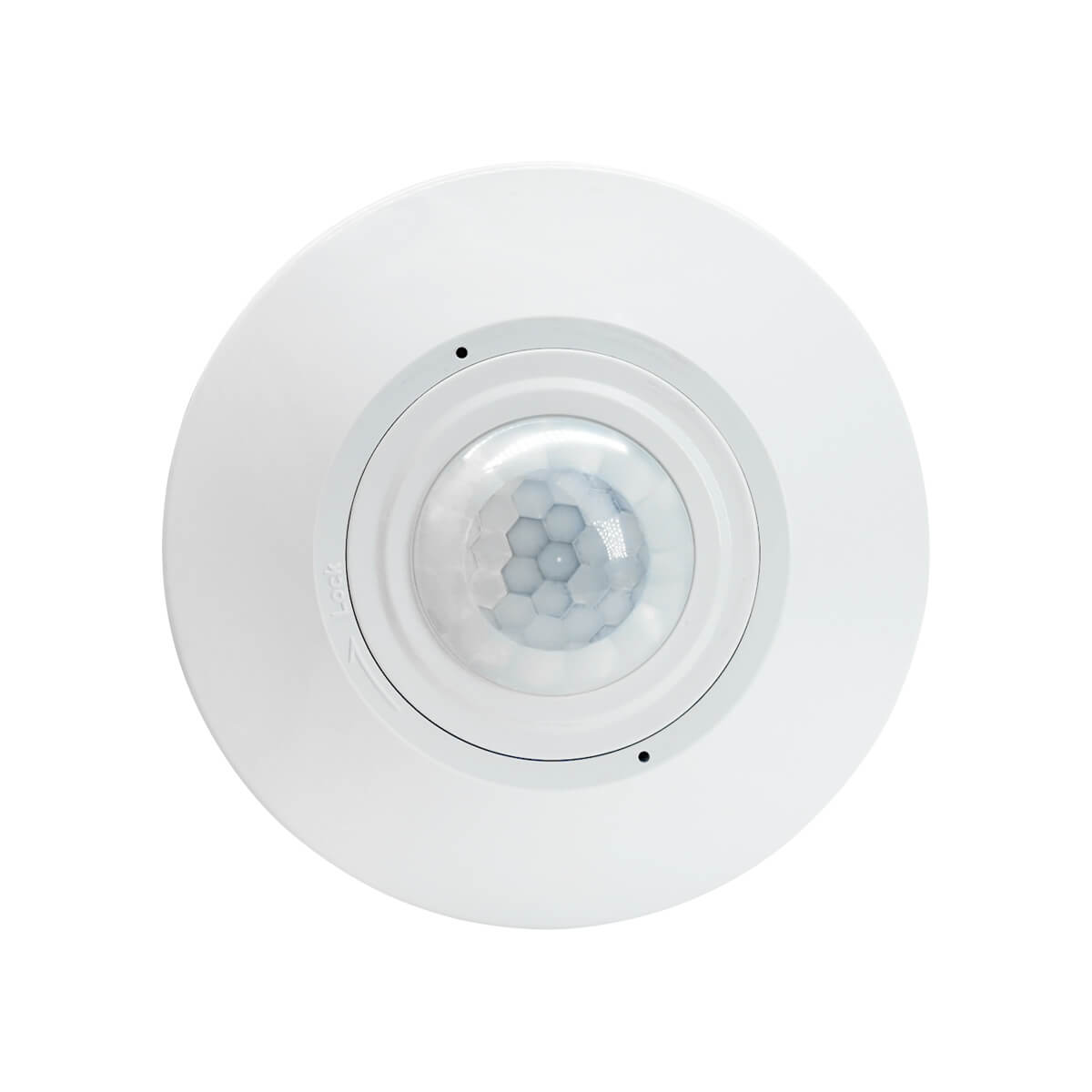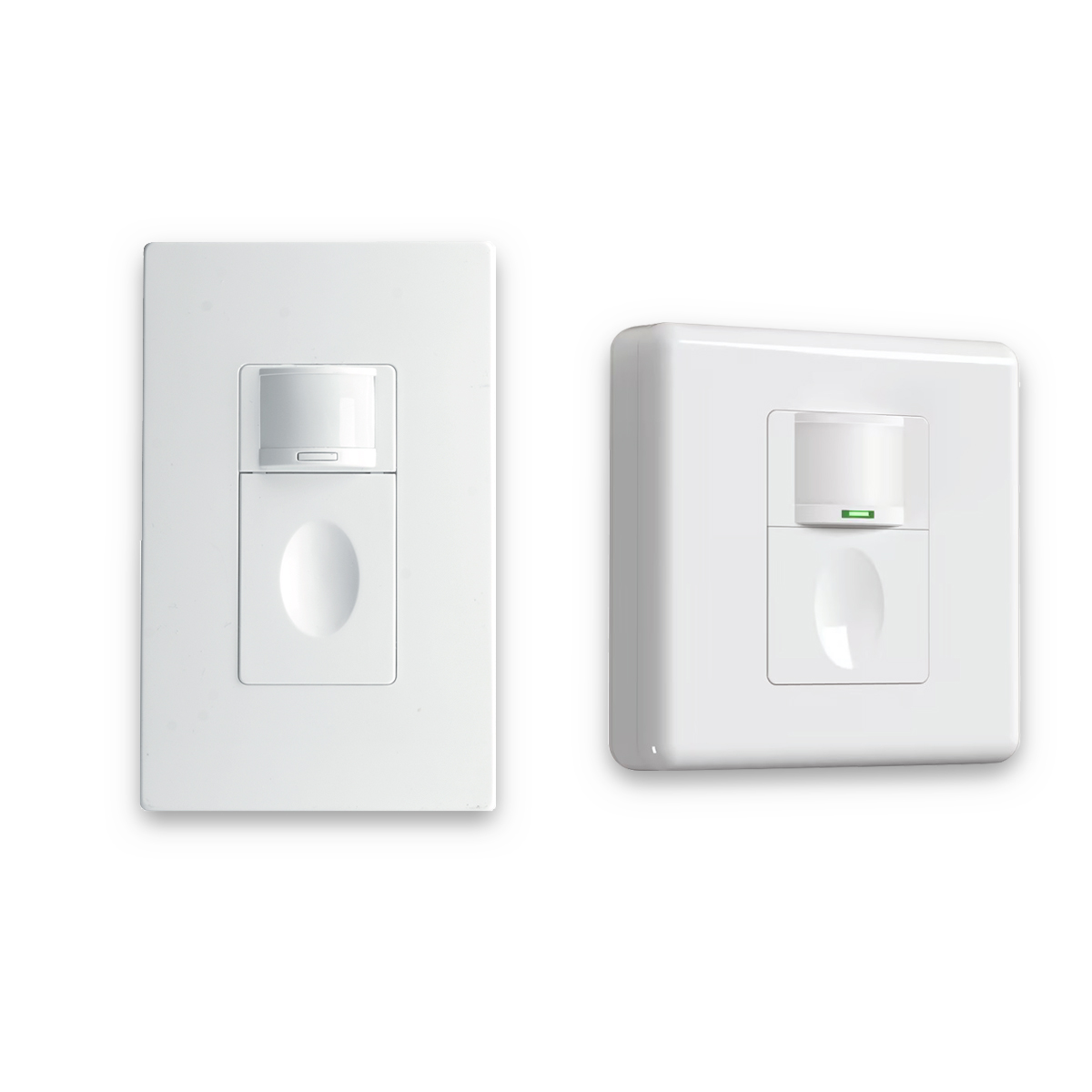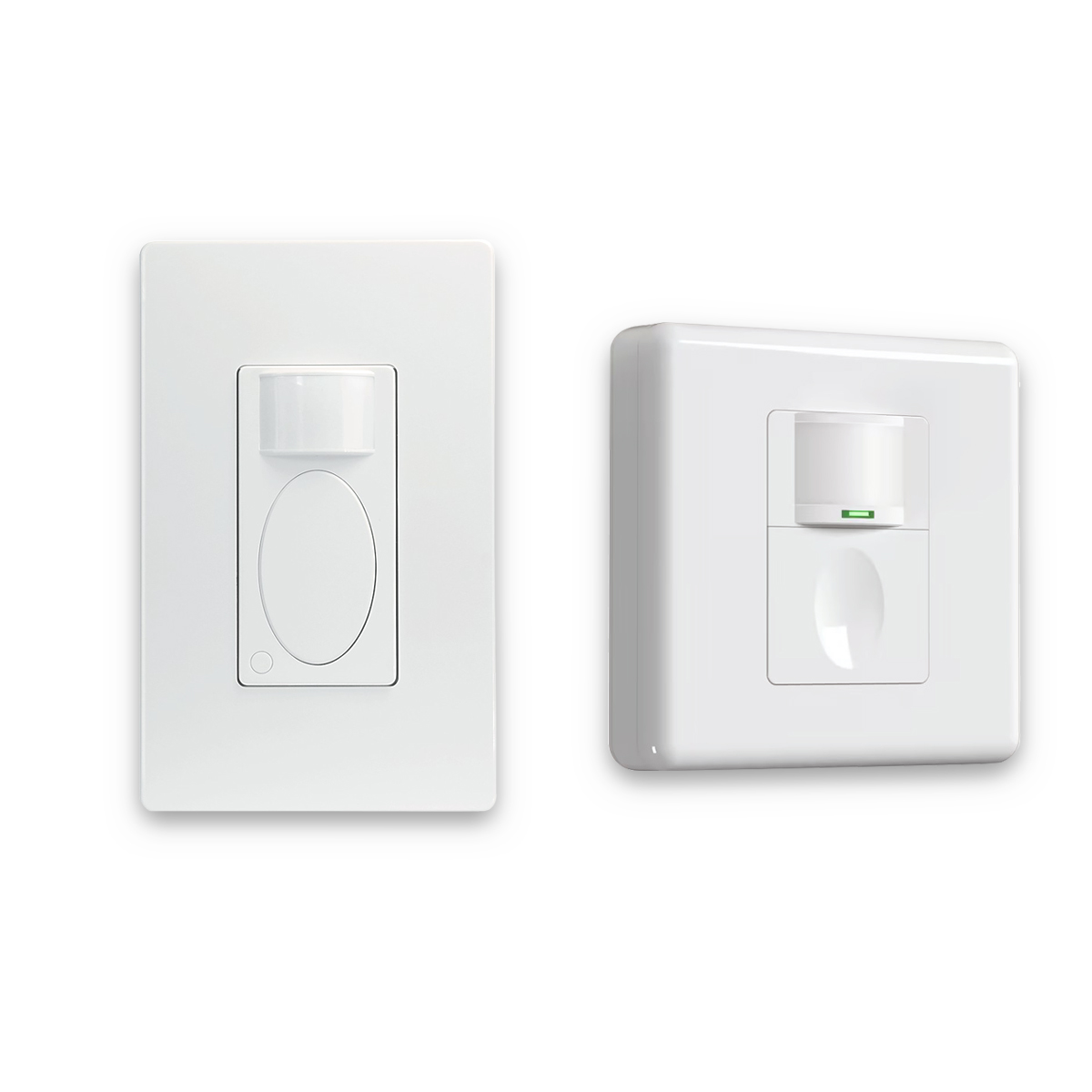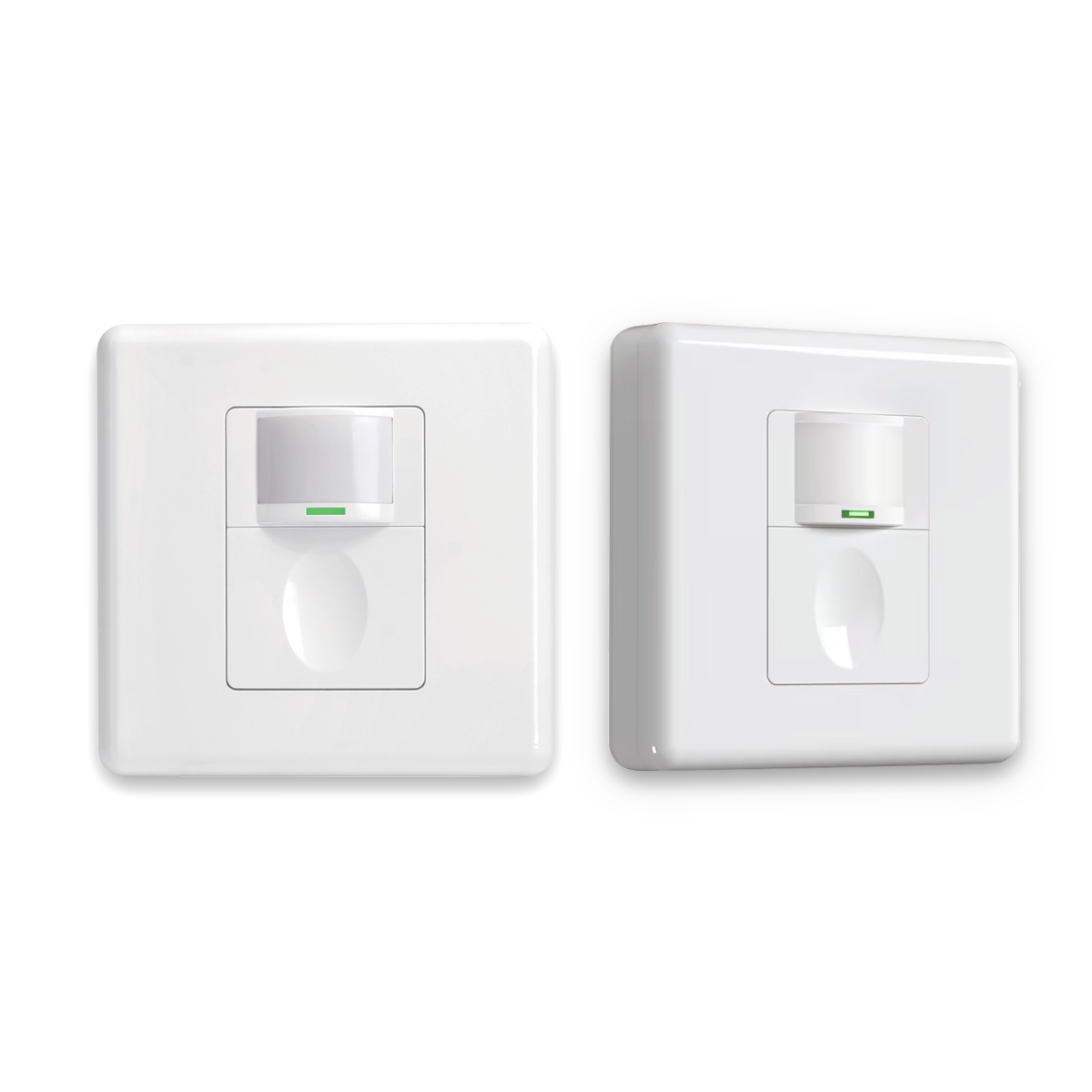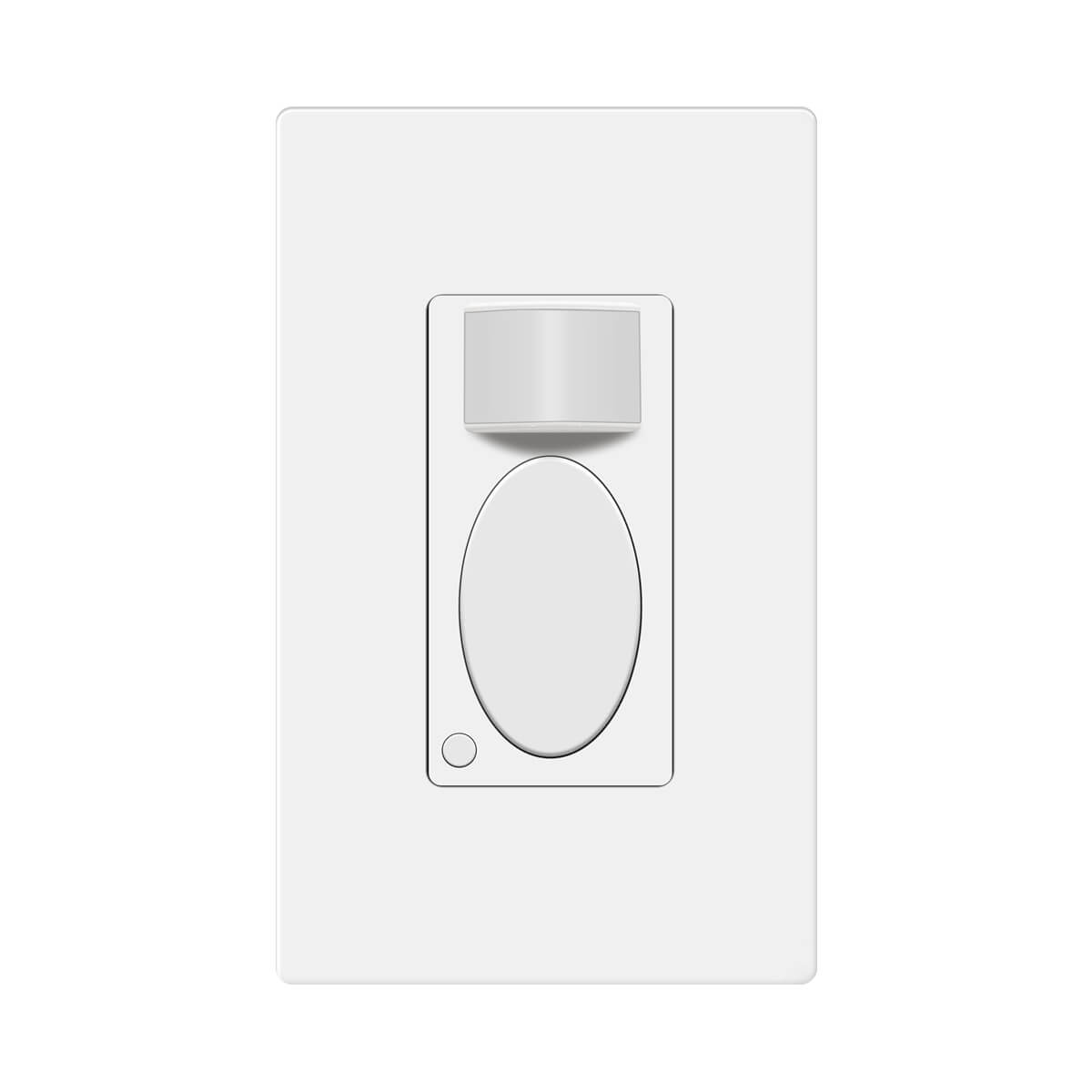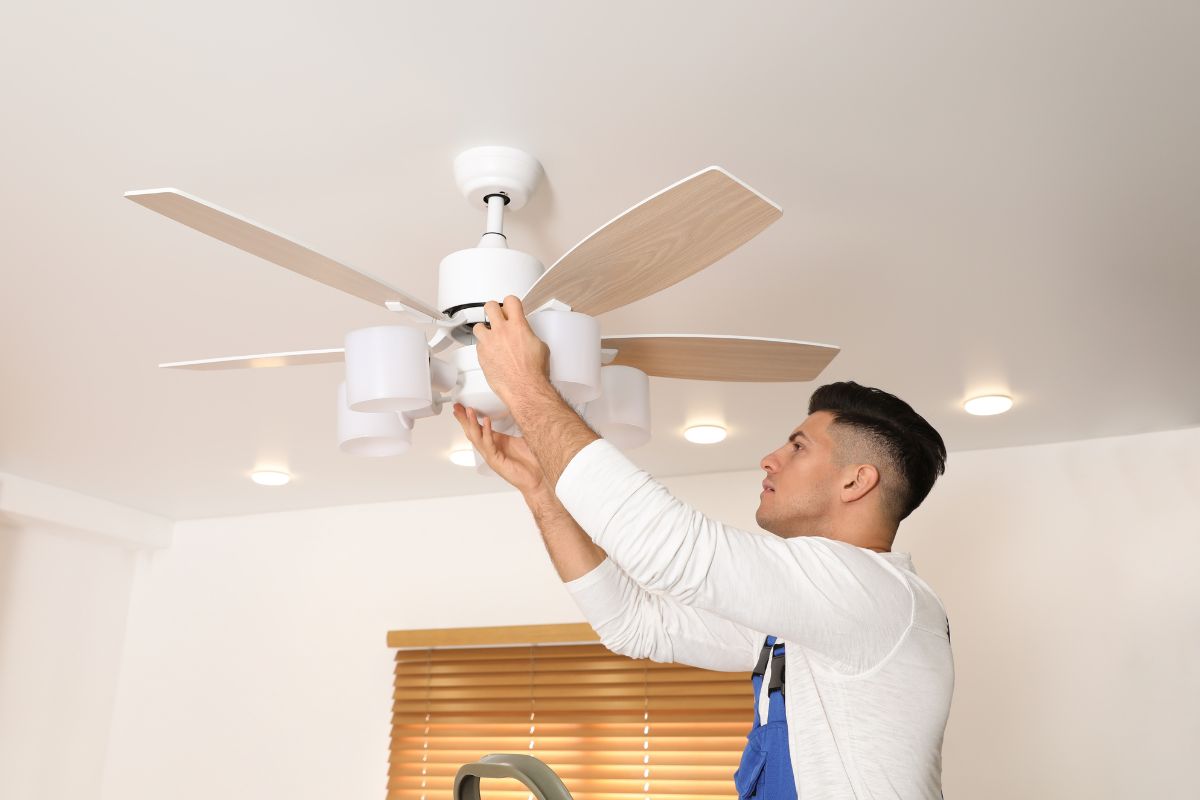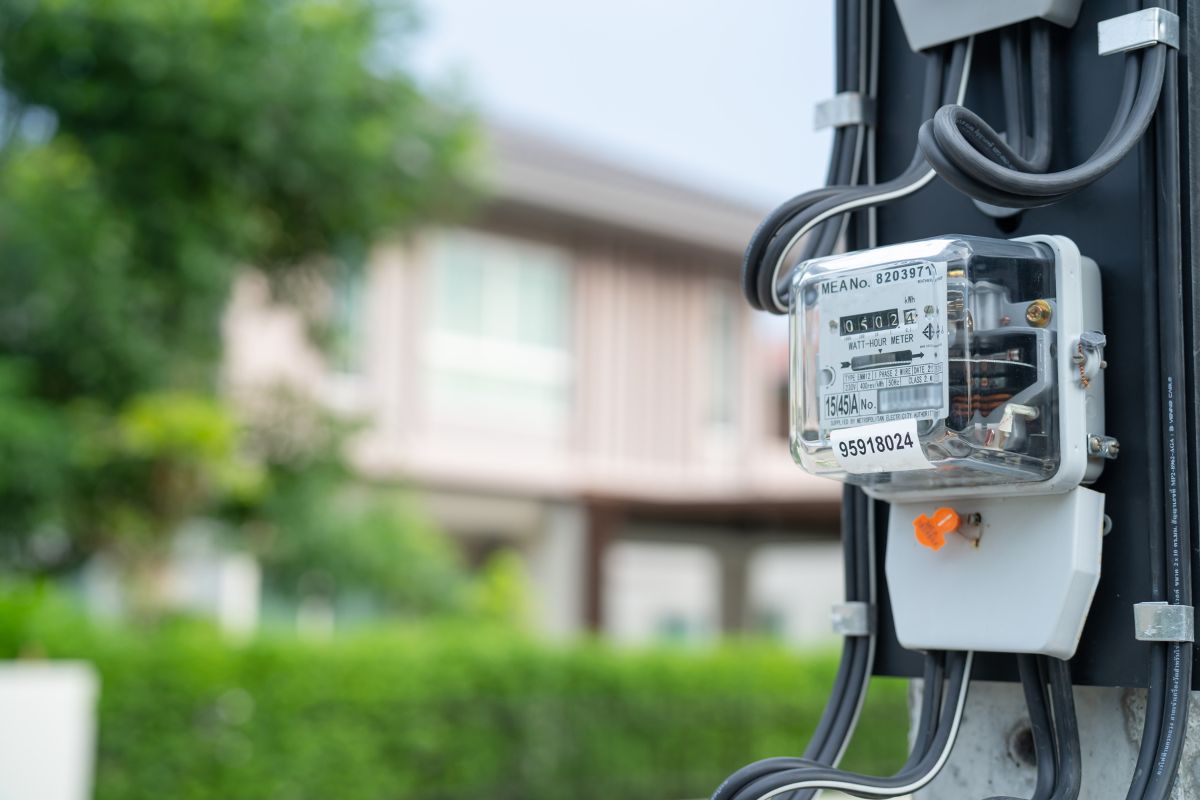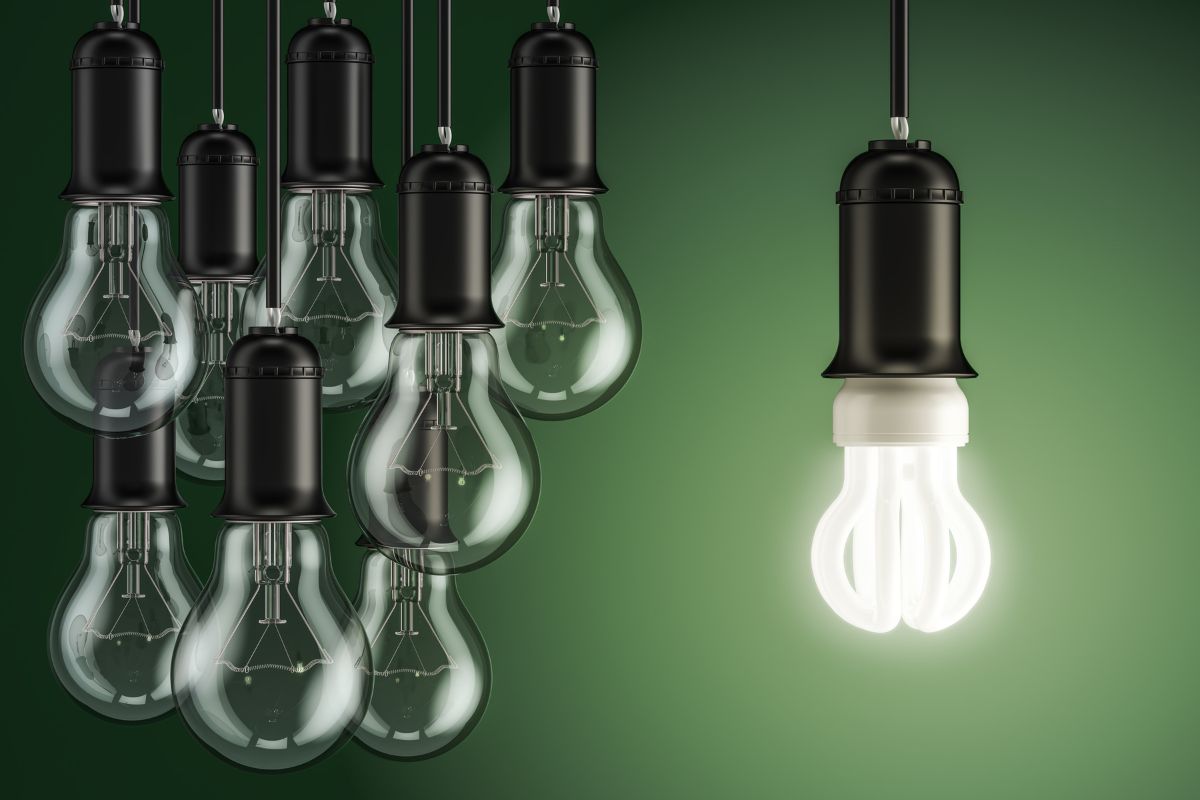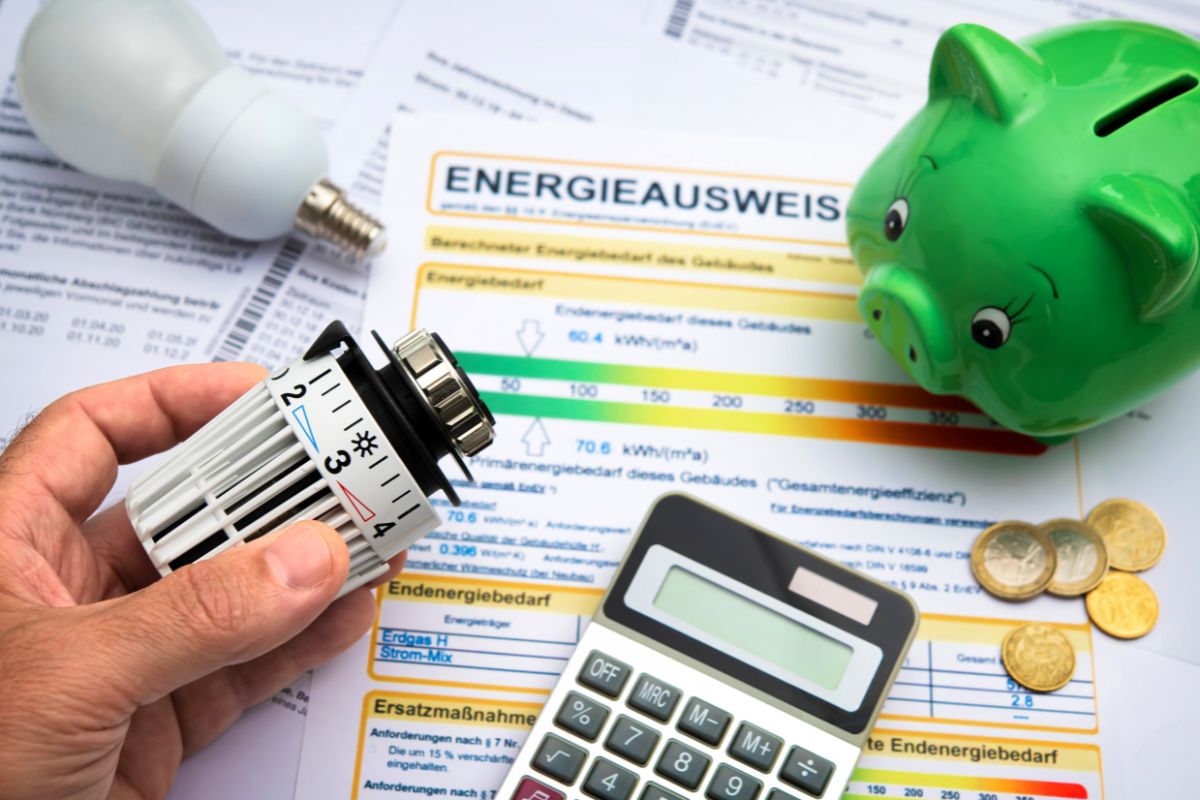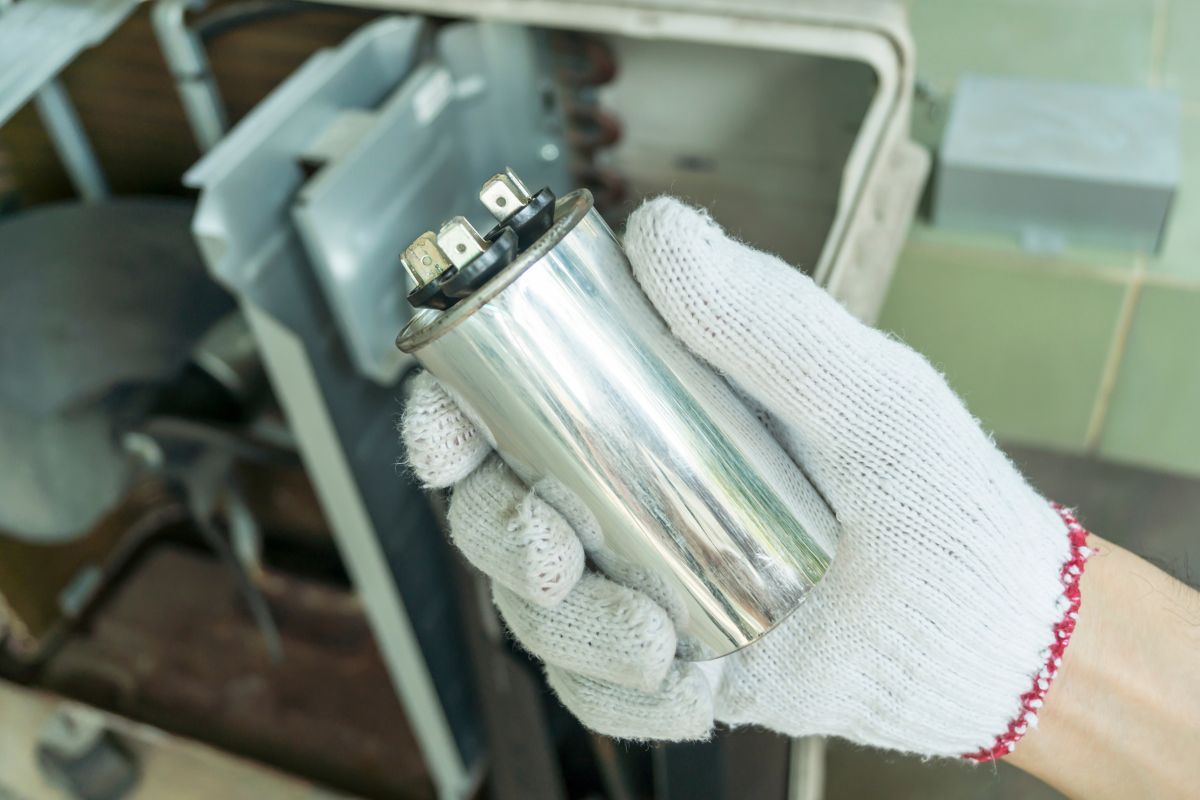Daylight Saving Time, or DST as it’s often called, is a system where we temporarily adjust our clocks, usually by an hour, during certain months. Ever wondered what the point of it is? Well, this article will explore DST’s original goal, how it actually affects energy consumption, and its wider impact on our lives. We’ll dig into its history, looking at why it was first introduced, the theory behind how it was supposed to save energy, and the reality of how well it works today. Interestingly, only about 40% of countries around the world use DST in some form. This limited use really highlights how much DST practices vary from place to place, and it also shows that there’s still a lot of debate about whether it’s truly effective and beneficial.
Our goal here is to give you a clear and detailed understanding of how Daylight Saving Time affects energy use. We’re going to go beyond the simple explanations and tackle some common misunderstandings about whether it really saves energy.
What is Daylight Saving Time?
Więc, co dokładnie jest Daylight Saving Time, or DST? It’s basically a system where we move our clocks forward, usually by one hour, during certain months of the year. You’ll mostly find DST in temperate regions, where there’s a big difference in daylight hours between seasons. If you live closer to the equator, where daylight is pretty consistent year-round, DST isn’t really necessary. Now, you might wonder, why just one hour? Well, an hour seems to be enough of a change to make a difference in daylight hours without messing up our body clocks or daily routines too much. People have tried bigger shifts, but they’re not as common. And here’s something important to remember: DST isn’t a permanent thing. It’s a temporary change, and we switch back to standard time later in the year.
Okay, so what about Standard Time? Think of it as the “normal” time for a region, based on the sun’s position. Daylight Saving Time, on the other hand, is that adjusted time we use, usually an hour ahead of standard time. Now, how does this all fit in with time zones? Good question! Time zones are areas that all share the same standard time. When DST kicks in, the entire time zone moves forward together. For instance, Eastern Standard Time (EST) becomes Eastern Daylight Time (EDT) during DST.
Here’s a handy trick to remember which way the clocks go: “Spring Forward, Fall Back.” In the spring, usually in March if you’re in the Northern Hemisphere, we move the clocks forward an hour. Then, in the fall, typically November in the Northern Hemisphere, we move them back an hour. So, who gets to decide when DST starts and ends? Well, it’s all determined by laws, and it can actually vary quite a bit from country to country, and even within different regions of the same country. And just a heads up: not every country uses DST. Many, especially those close to the equator, don’t bother with it. That’s because near the equator, the Earth’s tilt doesn’t affect daylight hours as much, so the seasonal changes that DST tries to address aren’t really an issue.
Original Rationale for Daylight Saving Time
Think back to a time before electricity was everywhere. Back then, daylight was the main source of light for pretty much everything we did. Now, jump to the early 1900s, around World War I (1914-1918). People were starting to realize how important it was to save energy. Electricity was becoming more common, but lighting still used up a partia of energy. What kind of lights were they using back then? Mostly incandescent light bulbs, which, compared to today’s lights, were really inefficient.
World War I meant that resources, especially fuel, were in short supply and needed to be saved for the war effort. Germany was one of the first to really embrace DST, back in 1916, to conserve fuel (mostly coal back then) for the war. Because Germany took the lead, other countries involved in the war, like the UK and the US, also started using DST as a way to save resources. So, was DST invented during World War I? Well, the idea of shifting clocks to make better use of daylight had been around for a while. Benjamin Franklin, for example, had suggested something similar, though his idea was more of a joke. But World War I is what really pushed people to start using DST widely. Those earlier ideas, while similar in concept, didn’t really focus on saving energy like the wartime DST did. Franklin’s suggestion, for instance, was in a funny essay and was more about the money you could save by using sunlight instead of artificial light.
Back in the early 1900s, lighting took up a dużo bigger chunk of a household’s energy than it does today. Just how much more? Well, lighting could account for a huge portion of a home’s total energy use, sometimes even more than heating (in certain climates) or those early electrical gadgets. The exact amount varied depending on where you lived and how you lived, but lighting was definitely a major player.
The idea behind DST was that by moving the clock forward, people would get an extra hour of daylight in the evening. This clock shift, called Daylight Saving Time, was supposed to cut down on the need for artificial light, which would then save energy. But was this based on any actual scientific research back then? Probably not. The early reasoning was likely based more on what people observed and what seemed logical, rather than on any detailed scientific studies. The main thing was to meet the immediate needs of the war effort.
How DST is Meant to Save Energy
Let’s be clear: DST doesn’t magically create more daylight. It just moves the daylight we already have around within the 24-hour day. The whole point is to line up those daylight hours with when we’re typically awake, especially in the evening.
So, how does DST supposedly work? Well, it starts with moving the clock forward an hour. Remember, that’s what Daylight Saving Time is all about. Now, the idea is that people tend to be more active when it’s light outside. So, with that extra daylight in the evening, people should need less artificial light. But this whole idea relies on a few assumptions. First, it assumes that most of us have pretty regular daily routines, with a good chunk of our waking hours happening in the evening. Second, it assumes that we’ll mostly use that extra daylight for things that would normally require us to turn on the lights. Does this mean everyone has to have the same schedule for DST to work? Not really, it’s more about the average daily patterns of a population. How well DST works really depends on how well those average patterns match up with the shifted daylight hours.
We humans are naturally more active during the day, and that’s largely due to our biology, specifically something called our circadian rhythm. What is that? Well, think of it as our internal biological clock. It’s a process that runs inside us, regulating our sleep-wake cycle and other bodily functions over about a 24-hour period. Light exposure plays a huge role here, with daylight telling us to wake up and darkness telling us it’s time to sleep. So, how does this relate to our “biological clock”? The circadian rhythm jest that biological clock, and it’s heavily influenced by light.
Zainspiruj się portfolio czujników ruchu Rayzeek.
Nie znalazłeś tego, czego szukasz? Nie martw się. Zawsze istnieją alternatywne sposoby rozwiązania problemów. Być może pomoże w tym jeden z naszych portfeli.
The main way DST is supposed to save energy is by reducing how much we use electric lights. Are there any other ways it might help? Well, while lighting is the big one, some people used to think it might also cut down on heating use. But that’s less clear and really depends on the climate.
Does DST Actually Save Energy?
Things have changed a lot since DST was first introduced back in the early 1900s. Our lifestyles and how we use energy are completely different now. What are the biggest changes? Well, we’re using way more appliances, electronics, and air conditioning. Plus, our work lives have changed, with more people working shifts or working from home. All of this has really shaken up our energy consumption patterns.
So, does DST actually save energy? Well, studies on this topic have been all over the place. Some show small savings, others show no real difference, and some even suggest that it might increase energy use. For example, a 2008 study by the US Department of Energy found that extending DST by four weeks in 2007 saved about 0.5% of electricity during those weeks. But other studies, especially in areas where air conditioning is common, have found no significant savings or even a slight increase in energy use. Studies in Australia and some European countries have also had mixed results, often depending on how the study was done and what time period was looked at. To give you an idea of how small these savings might be, think about switching from old-fashioned incandescent light bulbs to LEDs (light-emitting diodes). While DST might save you a tiny bit of energy in some places, using LED lighting can cut your lighting energy use by 75% or more! This really shows how important it is to focus on energy-saving measures that we know work. Why are the results so different from study to study? It’s because of things like different study methods, climates, cultures, and the specific time periods that were examined. So, what’s the general feeling about all this? While not everyone agrees, many recent studies suggest that DST saves very little, if any, energy in today’s world.
Where you live and the climate you experience can also affect how well DST works. For example, if you live in a place with really long summer days, DST might not make much of a difference. And if you live in a hot climate, you might actually end up using more energy because of air conditioning. While most studies these days show that DST doesn’t save much energy, there might be some exceptions in certain regions with specific climates and less need for air conditioning. But even then, the savings are usually pretty small and might not be worth the trouble. So, instead of saying that DST never works, it’s probably more accurate to say that it usually doesn’t save a significant amount of energy.
Impact of Modern Technology and Lifestyles
Air conditioning is a huge energy hog, and we tend to crank it up the most in the evening. This can cancel out any energy savings we might get from using less lighting. How does air conditioning use change with DST? Well, that extra hour of daylight in the evening can make our homes hotter, which means we need to use even more air conditioning to stay cool. This is especially true if you live in a place with hot, humid weather.
Don’t forget about all those computers, TVs, and other gadgets we use! They’re constantly sucking up energy, no matter how much daylight there is. Does the time of day matter for how much we use these devices? Maybe a little. For example, people might watch more TV in the evening. But overall, the impact on energy use is probably smaller than what we see with lighting or air conditioning.
These days, more and more people are working non-traditional hours or working from home. This is blurring the lines between what we do during the day and what we do at night. How does this affect the whole idea behind DST? Well, the old assumption that most people are awake during the day and asleep at night just isn’t as true as it used to be. With more shift work, remote work, and the fact that we’re all connected 24/7, our energy use patterns are much more varied and less tied to the typical 9-to-5 workday.
Our energy use tends to go up and down throughout the day. We usually see peaks in the morning and evening, with a bit of a lull in the afternoon. And throughout the year, we generally use more energy in the summer (because of air conditioning) and in the winter (because of heating). So, how does DST play into all of this? Well, it can shift when we use the most energy, but it doesn’t necessarily reduce how dużo energy we use overall. In some cases, it might even make things worse by making us run our air conditioners for longer in the evening.
Here’s something interesting to consider: the “rebound effect.” This means that if people myśleć they’re saving energy, they might change their behavior in ways that cancel out those savings. For instance, if you feel like you’re saving energy because of the extra daylight, you might be less careful about turning off lights or other appliances. It’s a psychological thing: if we think we’re doing good in one area, we might loosen up in another.
Other Effects of Daylight Saving Time
It’s important to remember that DST affects more than just energy use. It can also have an impact on other parts of our lives.
Szukasz rozwiązań energooszczędnych aktywowanych ruchem?
Skontaktuj się z nami, aby uzyskać kompletne czujniki ruchu PIR, produkty energooszczędne aktywowane ruchem, przełączniki czujników ruchu i rozwiązania komercyjne w zakresie obecności/pobytu.
That time shift that comes with DST can mess with our sleep patterns, and that can lead to some negative health effects. These can include a higher risk of heart attacks, strokes, and injuries at work, especially in the days right after we “spring forward.” The disrupted sleep can also make us less productive and affect our ability to think clearly. How big of a deal is this disruption? It really depends on the person and the time of year. Most people find the spring transition harder than the fall one, because we actually lose an hour of sleep in the spring.
Some studies have found that traffic accidents go up in the days after we switch to DST in the spring. This might be because people are more tired from losing that hour of sleep. But is this something that happens consistently? The evidence is mixed. Some studies show an increase, while others don’t find any real change. Things like tired drivers, poor visibility, and changes in traffic patterns can all play a role in accident rates.
Interestingly, some research suggests that DST might be linked to a drop in certain types of crime. This could be because more people are out and about in the evening. What kinds of crimes are most affected? Usually, it’s crimes that happen outdoors, like robbery and assault. More visibility and more people being outside during daylight hours can discourage criminals.
DST can also affect the economy. Some industries, like retail and tourism, might benefit from the extra daylight hours for shopping and recreation. But other industries, like agriculture, might face challenges because of changes in work schedules. And beyond the big picture, there are also costs associated with changing the clocks twice a year. We have to update computer systems, reprogram devices, and let everyone know about the changes. These costs might seem small for each of us, but they can add up across the entire economy. So, is there a net economic benefit or cost? It’s complicated and hard to say for sure. It probably depends on where you are and what industries are common in your area.
More daylight in the evening means more chances to get outside and enjoy outdoor activities. Does this lead to any real health benefits? Maybe, but it’s hard to say for sure. It’s tough to separate the impact of DST from other things that affect how active we are, like the weather, access to parks and recreation, and our own personal choices.
So, to sum it up, DST has some potential downsides, including messing with our sleep, harming our health, and possibly leading to more traffic accidents.
Even when the evidence shows that DST doesn’t save much energy, it can be hard to get rid of it. There are often political and economic forces at work, including lobbying from industries that like DST, such as retail and recreation. Changing a law takes political effort and can be surprisingly controversial, because people get used to things the way they are, even if it’s not the best way. We also have to think about international coordination, because changing DST in one area can affect nearby areas.
Even though DST might not save much energy, there are still reasons why some people want to keep it around. Some folks just like having more daylight in the evening, even if it doesn’t save energy. Certain industries, like retail and tourism, say that DST helps their businesses by giving people more daylight hours to shop and have fun. There are also arguments about public safety, with some claiming that DST reduces crime by making it easier to see outside in the evening. These reasons, while not about saving energy, are part of the ongoing discussion about DST.
Może jesteś zainteresowany
Other Ways to Save Energy
If we really want to save energy, there are better ways to do it than relying on Daylight Saving Time.
One of the best ways to save energy is to switch to LED lighting. LEDs (light-emitting diodes) are way more efficient than those old incandescent bulbs. How much more efficient? Well, LEDs can use 75-80% less energy and last up to 25 times longer! This makes them a much more sustainable and cost-effective choice. Just how much energy can you save by switching to LEDs? Compared to incandescent bulbs, you’ll see a huge drop in energy use. Even compared to other types of lighting, LEDs come out on top in terms of energy savings.
Another great way to save energy is to use appliances that are highly energy-efficient. Look for appliances with the Energy Star label. What is Energy Star? It’s a program run by the U.S. Environmental Protection Agency (EPA) and the Department of Energy that certifies appliances that meet certain energy efficiency standards. If an appliance has the Energy Star label, it’s generally more energy-efficient than similar models without the label. What about the cost? Energy-efficient appliances might cost more upfront, but they’ll usually save you money on your energy bills over the long run.
For long-term energy savings, it’s essential to have stricter building codes that require energy-efficient construction and insulation. How well do these building codes work? Well, stricter codes can significantly reduce energy use in new buildings. They do this by requiring better insulation, energy-efficient windows, and other things that minimize energy loss. There are plenty of examples of successful building code implementations and how they’ve reduced energy use.
Smart grids can also help us save energy by making energy distribution more efficient and reducing waste. What’s a smart grid? It’s a system that uses digital technology to keep an eye on and manage the flow of electricity from power plants to our homes and businesses. This allows for two-way communication between the power company and its customers, so we can adjust energy use in real time. Smart grids can also make it easier to use renewable energy sources and make the power grid more reliable. They do this with sensors, automated controls, and advanced software that can detect and respond to changes in how we use energy. How does a smart grid actually work? It uses sensors to gather data, automated controls to make adjustments, and software to analyze the data and make decisions. All of this helps us save energy and use it more efficiently.
We can also save energy by changing our habits. Simple things like turning off lights when we leave a room and using public transportation can make a difference. But how well do those public awareness campaigns work? While they can definitely make people aware of the need to save energy, it’s often hard to get people to change their behavior for the long term. To really make a difference, we usually need a combination of education, incentives, and policy changes.
Let’s compare DST to these other energy-saving strategies. Which ones are likely to have the biggest impact? Well, based on what we know now, promoting energy efficiency through things like better lighting, appliances, and building codes is likely to be dużo more effective than DST in reducing how much energy we use overall.
It’s important to see DST as just one small part of a much bigger picture when it comes to energy policy. While it was originally thought of as a major way to save energy, its role today is probably more symbolic than anything else. To really make a difference, we need a comprehensive approach that focuses on energy efficiency, renewable energy, and smart grid technologies. Focusing only on DST would take our attention away from these more effective strategies.
Wnioski
In this article, we’ve taken a look at Daylight Saving Time (DST), starting with its original goal: to save energy by reducing our need for artificial light in the evenings. We then explored the complicated reality of how DST affects energy use today, noting the mixed results from studies and the impact of things like air conditioning and our changing lifestyles. Finally, we discussed how DST affects our health, safety, and the economy.
So, to wrap things up, while DST was first created to save energy, the evidence suggests that it doesn’t really do much in today’s world, if anything at all. Other ways to save energy, like using energy-efficient technologies and changing our habits, offer a much better chance of reducing how much energy we use.


